Honor Award
Public Spaces, Private Gardens: A History of Designed Landscapes in New Orleans
Lake Douglas PhD, ASLA, Baton Rouge, LA
Publisher: Louisiana State University Press
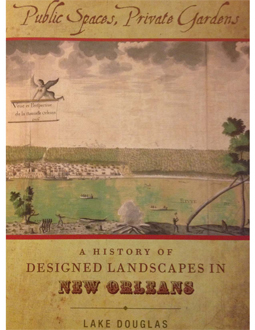 Close Me!
Close Me!Image 1 of 22
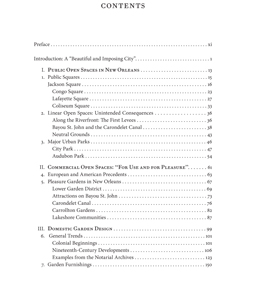 Close Me!
Close Me!Image 2 of 22
 Close Me!
Close Me!Image 3 of 22
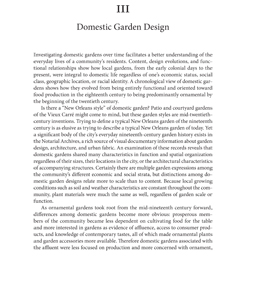 Close Me!
Close Me!Image 4 of 22
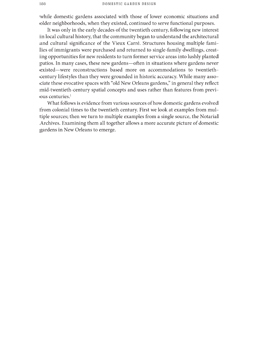 Close Me!
Close Me!Image 5 of 22
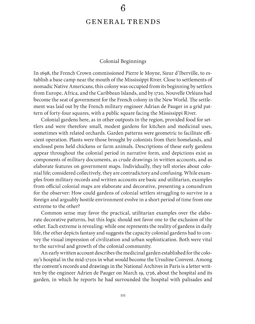 Close Me!
Close Me!Image 6 of 22
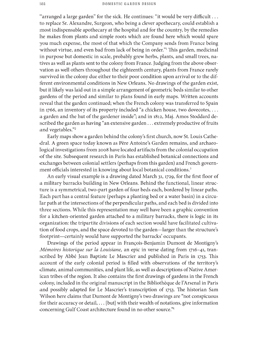 Close Me!
Close Me!Image 7 of 22
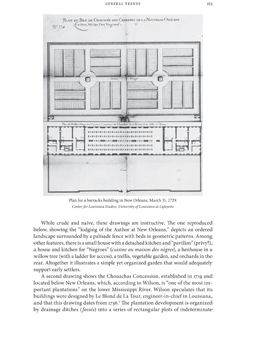 Close Me!
Close Me!Image 8 of 22
 Close Me!
Close Me!Image 9 of 22
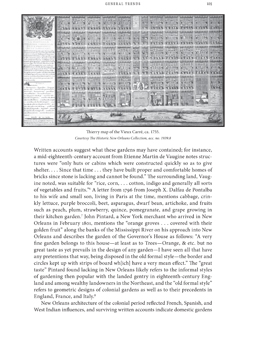 Close Me!
Close Me!Image 10 of 22
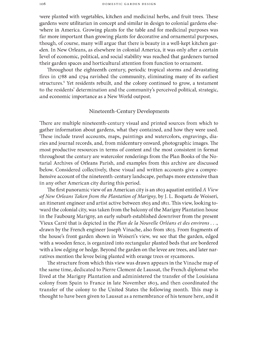 Close Me!
Close Me!Image 11 of 22
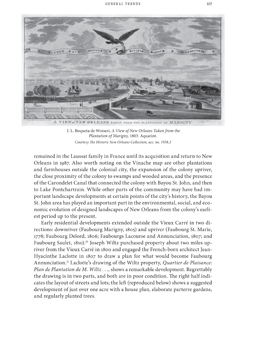 Close Me!
Close Me!Image 12 of 22
 Close Me!
Close Me!Image 13 of 22
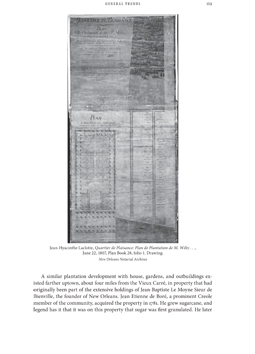 Close Me!
Close Me!Image 14 of 22
 Close Me!
Close Me!Image 15 of 22
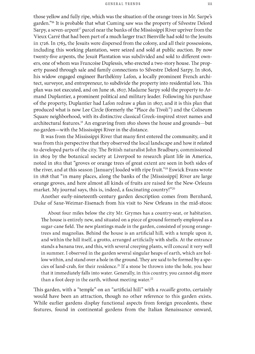 Close Me!
Close Me!Image 16 of 22
 Close Me!
Close Me!Image 17 of 22
 Close Me!
Close Me!Image 18 of 22
 Close Me!
Close Me!Image 19 of 22
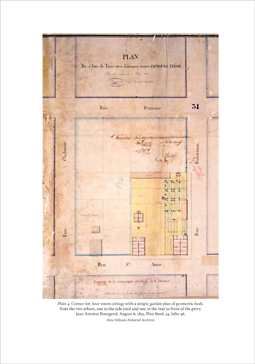 Close Me!
Close Me!Image 20 of 22
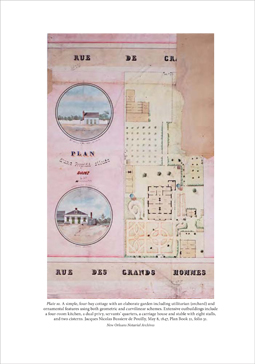 Close Me!
Close Me!Image 21 of 22
 Close Me!
Close Me!Image 22 of 22
Project Statement
Public Spaces Private Gardens A History of Design Landscapes of New Orleans is the first authoritative examination of the city's landscape history. This work uses multiple sources, many of which have never been published, to explore public and private landscapes of New Orleans and those who shaped them, resulting in a work of value for its comprehensive content, its methodological approach to understanding cultural landscape, and its examination of this community's diverse horitcultural commerce.
Project Narrative
—2013 Professional Awards Jury
Public Spaces Private Gardens presents the designed landscapes of New Orleans as products of numerous divergent influences. One of the first authoritative landscape examinations of an American city, this work is intended for a general audience and will be of particular intertest to landscape historians, cultural geographers and landscape archtitects. Surveying the city's landscape history from the eighteenth-century colonial period to the first decades of the twentieth century, the author demonstrates that geography, climate, and above all, the multi-cultural character of its residents have made this "beautiful and imposing" city unique in American landscape history. Colonial French and Spanish settlers, Africans, Native Americans, and immigrants from Germany, Ireland, Italy, and other parts of the world participated in creating these landscapes, and all participants have left their footprints here. The author, a licensed landscape architect, employs diverse, numerous sources including written accounts, legal documents, economic, sociological and demographic data, historic photographs, lithographs, maps, newspaper advertisements, and municipal documents to document these influences and illuminate their individual and collective contributions.
Public Spaces Private Gardens discuesses iconic places (such as Congo Square, Audubon Park, the Mississippi Rover's levee, and "neutral grounds" - local residents' own term for medians) together with ordinary residential gardens as evidence of the impacts the city's international, multi-cultural community has had on its environment. This sweeping, exhaaustively researched and well-documented study is illustrated with over 90 images, including 20 color plates of residential landscapes from the relatively unknown Notorial Archives, a local public agency. The author identifies five distinct types of public and private designed landscapes: public squares; linear open spaces; urban parks; commercial pleasure gardens; and domestic gardens. He then explores how these typologies evolved from both European influences and uniquely local situations and demonstrates how all have individual characteristics reflective of the influences of those who created, built, and occupied them. Discussing design, function, and content, the author shows how specific examples of each typology contribute to the city's character. In addition, he situates local typologies within the larger historical context of American landscape history through design trends and landscape features, thereby filling a void of information about this city's landscape history. Though local residents lived in regimented strat according to race, language, cultural identity, religion, and economics, they found common ground in their community's public and private landscapes. The author uncovers in local ninteenth-century "pleasure gardens" a distinct open space typology where cultural divisions of race, class and gender are expressed but also simultaneously achnowledged and ignored, a situation unique in the history of American designed landscapes. In fact, this discovery opens new areas of research: the "pleasure gardens" is seen as an important, heretofore unacknowledged American open space typology as well as being a space that expresses the intersection of designed landscapes with the politics of race, gender, and class.
Beyond examples, the author also discusses plants and their uses (including Native American uses, the colonial agricultural economy, the horticultural economy of enslaved populations, and medicinal plan uses); nineteenth-century horticultural commerce and marketplaces (what, where and how plants were sold); the demographics of workforce characteristics; the contributions to designed landscapes from different cultural communities; and contemporary horticultural literature (including books and other sources). Finally, the author presents approaches to developing chronological plant lists (fruits and vegetables; ornamentals) and includes comparative, chronological plant lists from numerous sources (1735-1891).
Influenced by vernacular approaches to the landscape, this work makes three important contributions to the history of designed landscapes in America, demonstrating that: 1) discussions of American designed landscapes should include communities, projects, and designers beyond those found in East Coast urban centers; 2) the history of America's design landscapes can only be fully understood through a broad investigation of factors including social conditions, economic issues, supply chains, transfers of technologies and information, in addition to understandings of soils, climate, vegetation, and design typologies; and 3) in New Orleans, the designed landscape and resultant human interactions with it was the vehicle through which a diverse, multi-racial, multi-cultural, and multi-lingual residents converge into a coherent vibrant, and unique community.
Public Spaces Private Gardens provides an informative look at two hundred years of hte designed landscapes and horticulture of New Orleans and a fresh perspective on one of America's most intertesting and historic cities. This book, distributed through commercial book stores, electronic sources, and the Press's general catalog, has appeal for general readers, landscape and urban historians, and professionals interested in period design details. It has received critical acclaim from a variety of academic, professional, and general interest publications. Publication was supported by a David Coffin Publication Award from the Foundation for Landscape Studies (2011) and a Furthermore Grant from the Kaplan Foundation (2011). The book has received the Kemper and Leila Williams Prize for Louisianna History from the Louisianna Historical Association (2011) and an Honor Award from the Louisianna Chapter, ASLA (2012).
Project Resources
Author
Lake Douglas, ASLA
Publisher
Louisiana State University Press
Press Director
MaryKatherine Callaway
Editor
Margaret Lovecraft




